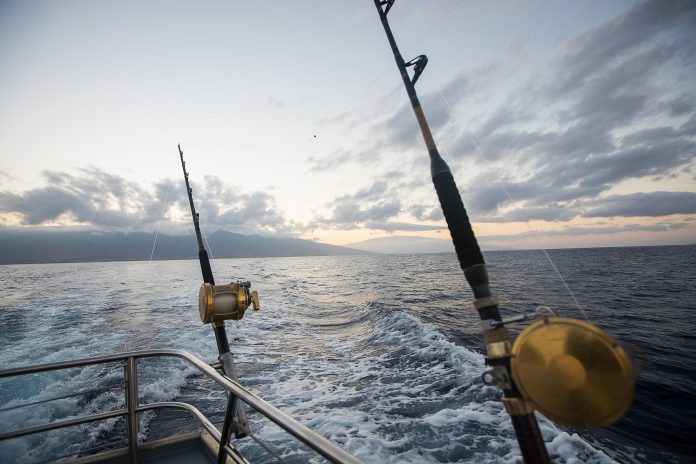Open Access Government explores how Europe ensures its blue economy implements circularity and restores biodiversity, according to Commissioner for Environment, Oceans and Fisheries Virginijus Sinkevičius
Commissioner for Environment, Oceans and Fisheries Virginijus Sinkevičius is asking Europe to “treat the sea with the respect it requires.” Europe’s seas and oceans are natural and essential allies in tackling the climate and biodiversity crises, and the ocean is the main climate regulator we have. Respecting and protecting the ocean encompasses many missions, including the sustainable use of marine resources, support for fishermen and women, coastal communities, ports and encouraging marine biodiversity. To foster these missions, Europe has adopted the Communication on the sustainable blue economy.
Adding a blue dimension to the European Green Deal will play a crucial role in the European decarbonisation effort, and will hugely help invest in the transformation of the blue economy and also the recovery of Europe.
The blue economy itself includes all economic activities that take place at sea or within coastal areas. It gives work to at least 4.5 million people in the EU in sectors such as fishing, shipping, ports, shipyards and tourism. Furthermore, if you also include supply chains and other links to the land-based economy, this number is even higher. However, as Commissioner Virginijus Sinkevičius recently stated, “the importance of the blue economy cannot just be measured by turnover or jobs or value added. Seas and oceans are not only the most important asset of the blue economy, they also produce half of the global oxygen and are one of the main natural carbon sinks.”
For these reasons, Europe has firmly embedded the blue economy in the Green Deal’s objectives and the recovery strategy. Every blue economy sector must contribute by reducing its own impact and simultaneously by unlocking new business opportunities.
“We fully subscribe to the EU’s ambition to restore biodiversity by protecting 30% of its marine space by 2030. We know that Marine Protected Areas lead to increased biodiversity and larger fish stocks, but also to economic diversification and thriving coastal communities,” added Commissioner Sinkevičius.
In terms of decarbonisation, this will mostly take place through offshore renewable energy from wind, wave, tidal, floating solar or other technologies. However, developing the blue bioeconomy will also do this by turning algae or fish waste into low-carbon plastics, or by providing healthy nutrition at a much lower carbon footprint than land-based animal proteins, for example through sustainable aquaculture.
EU common fisheries policy
The 2021 assessment of the common fisheries policy shows that Europe’s fisheries are continuing to become more sustainable. This means that consumers have more access to healthy and sustainable food, fishermen and women continue to have a reliable source of income and the sector itself is becoming more resilient.
Furthermore, consumer demand for low environmental footprint and short supply chains is growing. At the same time, the growing efforts made by fishermen/women and fish farmers to achieve product quality need to be rewarded by the market. The farm to fork action plan includes initiatives on a sustainable food-labelling framework that will enable consumers to make informed choices. An EU code of conduct for responsible business and marketing in the food supply chain will also seek ambitious commitments from the middle part of the chain, which will uphold the sustainability efforts of fishermen/ women and fish-farmers and ultimately make seafood value chains permanently sustainable. To strengthen the position of consumers and help ensure that the EU market for fisheries and aquaculture products is a level playing field, EU seafood marketing standards will be modernised, building sustainable food systems in the blue economy.
Despite this strengthening, some challenges still remain, and Commissioner Sinkevičius stated earlier this year that there is still a long way to go by highlighting the exploitation of the Mediterranean and Black Seas. To combat this, the Commission recently adopted a proposal for sustainable fishing opportunities for 2022 in the Mediterranean and the Black Seas. The ambition is to achieve sustainable fisheries in these two sea basins, by making sure that all fish catches are fully reliant on scientific advice and are in line with the recently adopted 2030 Strategy of the General Fisheries Commission for the Mediterranean (GFCM). The regulation should apply as of January 1st 2022 and will bring Europe’s seas closer to reaching sustainable levels.
Achieving coherence between the European Green Deal, the Recovery Plan for Europe, the Fark to Fork Strategy and the Blue Economy is paramount for a sustainable future. As Commissioner Sinkevičius states, “there is no Green Deal without the oceans, no green recovery without the blue economy.”











